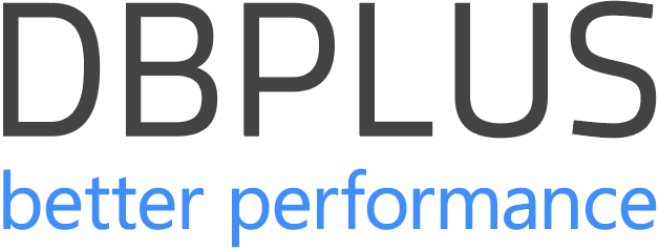On June 28, 2019, we released a new version of Performance Monitor for Oracle and Microsoft SQL Server databases. The most important features added in the application are: non-performance Waits dictionary, new statistics in Load Tends and Compare and changes in the alert module.
New alerts definitions
In the new version for Oracle and Microsoft SQL Server, new alerts definitions have been added: inactive sessions, UNDO and Temp (Oracle), using Log and Tempdb (SQL Server). In addition, an alert that returns the result of the query (in grid form) previously defined by the User has been added. Everything is available in the Configuration> Alert settings> Alerts definition menu.
In the latest version of the application has been added the ability to set up the sending of information about alerts by email one by one for the given Reason. The email will contain the database/instance name and information about the reason for the alert.
New statistics in Load Trends and Compare
The latest version has been added new database statistics that can track the Load Trends. This information is in the Load Trends tab (details of databases). New statistics for Oracle platform: Sessions using Undo, Record Count in Undo, Undo Space Used, Sessions using sort and Sort Space used. New statistics for Microsoft SQL Server: Sessions using Tempdb, Tempdb space used, Log space used, Log Usage sessions, Log Usage record count. An IO Waits indicator has also been added for both platforms. It contains information about the level of Waits related to the IO. The information facilitates and accelerates the analysis of sources of potential performance problems.
The ability to manage the Waits dictionary
The ability to manage the Waits dictionary for Microsoft SQL Server and Oracle has been added. The dictionary is available in the Configuration> Settings> Waits settings tab. Configuration provides the ability to assign Wait to non-performance group. Add the Wait to the group will not count as performance Waits. This configuration is important to calculate the wait level for each snap in the Load Trends and Waits tab.
Access to software updates
The DBPLUS software is updated at least 4 times a year. Customers have access to all updates when they have a license or maintenance service. With the upgrade to the latest version, the application will run faster and smoother. Each published version provides new functionalities that allow for easier management and performance improvement in the monitored database.
Detailed specification about changes in version 2019.2:
|
The user documentation describes in an accessible way all the new functions available in the software Oracle:
Microsoft SQL Server |



